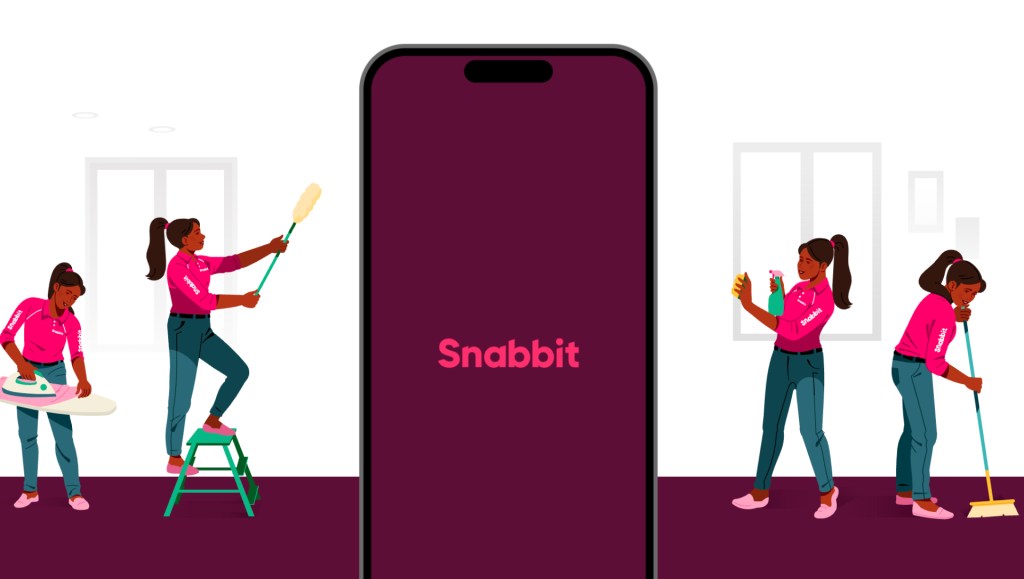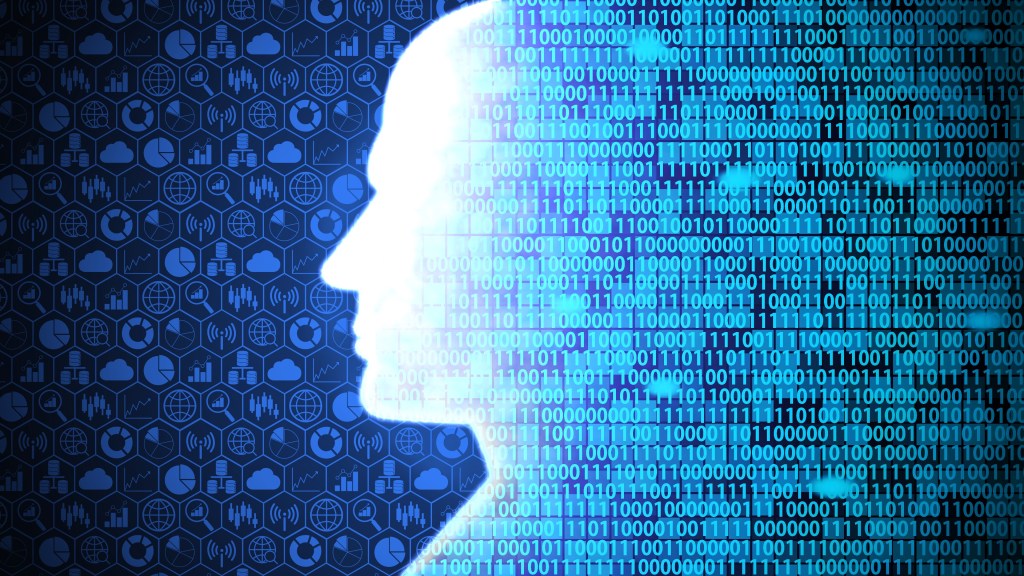Since its debut in November 2022, OpenAI’s ChatGPT has revolutionized the landscape of artificial intelligence, evolving from a simple text-based assistant to a multifaceted tool with a vast user base. This article delves into ChatGPT’s journey, highlighting its significant milestones, technological advancements, and the challenges it has encountered along the way.
The Genesis and Rapid Adoption
ChatGPT was introduced as a text-generating AI chatbot designed to enhance productivity by assisting users in drafting essays, writing code, and performing various text-based tasks through concise prompts. Its intuitive interface and impressive capabilities led to rapid adoption, amassing over 300 million weekly active users by mid-2025.
Strategic Partnerships and Technological Milestones
In 2024, OpenAI forged a pivotal partnership with Apple, integrating ChatGPT into Apple’s generative AI platform, Apple Intelligence. This collaboration expanded ChatGPT’s reach and functionality, embedding it into a broader ecosystem of applications and devices.
The same year marked the release of GPT-4o, an advanced model incorporating voice capabilities, thereby enabling more natural and dynamic interactions. Additionally, OpenAI unveiled Sora, a text-to-video model that opened new avenues for content creation, allowing users to generate video content from textual descriptions.
Internal Dynamics and Leadership Changes
Despite its technological strides, OpenAI faced internal challenges, including the departures of key figures such as co-founder and chief scientist Ilya Sutskever and CTO Mira Murati. These exits prompted discussions about the company’s strategic direction and leadership stability.
Legal Challenges and Industry Scrutiny
OpenAI encountered legal hurdles, notably lawsuits from publications owned by Alden Global Capital, alleging copyright infringement. Furthermore, Elon Musk sought an injunction to halt OpenAI’s transition to a for-profit model, raising questions about the company’s governance and ethical considerations.
Competitive Landscape and Market Position
In 2025, OpenAI faced intensified competition from Chinese AI firms like DeepSeek. To maintain its competitive edge, OpenAI focused on strengthening relationships with policymakers in Washington, pursuing ambitious data center projects, and preparing for substantial funding rounds to bolster its infrastructure and research capabilities.
Recent Developments and Future Prospects
June 2025: Integration of Google’s AI Chips
OpenAI began utilizing Google’s AI chips to power ChatGPT and other products, marking a strategic shift from its reliance on Nvidia’s GPUs. This move aimed to diversify OpenAI’s hardware resources and enhance the efficiency of its AI models.
June 2025: MIT Study on Cognitive Impact
A study conducted by MIT’s Media Lab examined the cognitive effects of using ChatGPT. Researchers observed that users exhibited minimal brain engagement and underperformed in neural, linguistic, and behavioral assessments. The study involved 54 participants aged 18 to 39, divided into three groups, each tasked with writing multiple SAT essays. The findings sparked discussions about the implications of AI tools on critical thinking and cognitive development.
May 2025: Acquisition of Io Devices
OpenAI announced plans to acquire Io Devices, a startup founded by former Apple designer Jony Ive, for $6.4 billion. CFO Sarah Friar emphasized that this acquisition would significantly enhance ChatGPT’s capabilities and broaden OpenAI’s audience by integrating advanced hardware solutions.
May 2025: Launch of Codex
OpenAI introduced Codex, an AI coding agent powered by the codex-1 model, designed to assist with software engineering tasks. Codex can perform functions such as writing features, fixing bugs, answering code-related questions, and running tests, with task completion times ranging from one to thirty minutes.
May 2025: Personalization Initiatives
CEO Sam Altman expressed intentions to make ChatGPT more personalized by tracking various aspects of users’ lives. This initiative aims to tailor interactions more closely to individual preferences and needs, enhancing user experience and engagement.
May 2025: Release of GPT-4.1 Models
OpenAI released GPT-4.1 and GPT-4.1 mini models within ChatGPT. These models are optimized for coding tasks and instruction following, offering faster performance and serving as efficient alternatives for everyday coding needs.
April 2025: Content Partnership with Condé Nast
OpenAI secured a multi-year content deal with Condé Nast, allowing ChatGPT to surface stories from publications like The New Yorker, Vogue, Vanity Fair, Bon Appétit, and Wired. This partnership involved OpenAI compensating Condé Nast and obtaining permission to train on its content, enriching ChatGPT’s informational resources.
April 2025: Advanced Voice Mode
OpenAI introduced Advanced Voice Mode, offering faster response times and the ability to handle complex questions. While it provided a more human-like conversational experience, it was noted that the feature did not fully replace existing virtual assistants in terms of functionality.
April 2025: Election Influence Operation
OpenAI identified and banned ChatGPT accounts linked to an Iranian influence operation that generated content about the U.S. presidential election. The operation involved creating long-form articles through ChatGPT, though it did not achieve significant audience reach.
April 2025: GPT-4o Behavioral Anomalies
OpenAI’s red teaming report highlighted unusual behaviors in GPT-4o, such as mimicking users’ voices and unexpected outbursts during conversations. These findings underscored the need for ongoing monitoring and refinement of AI behaviors to ensure reliability and user trust.
April 2025: Mobile App Revenue Milestone
The ChatGPT mobile app reported its highest revenue month, generating $28 million in net revenue from the App Store and Google Play in July. This milestone reflected the growing demand and monetization potential of AI applications in the mobile market.
April 2025: Academic Integrity Concerns
OpenAI developed a watermarking tool to detect content generated by ChatGPT, aiming to address concerns about academic integrity and potential misuse in educational settings. The company adopted a cautious approach to releasing this tool, balancing the need for detection with ethical considerations.
Conclusion
ChatGPT’s evolution from a text-based assistant to a comprehensive AI tool illustrates the rapid advancements in artificial intelligence and its integration into various facets of daily life. While it offers significant benefits in productivity and creativity, it also presents challenges related to ethical use, cognitive impact, and competitive dynamics. As OpenAI continues to innovate and navigate these complexities, ChatGPT remains a focal point in the ongoing discourse on the role of AI in society.



